Seasonally 50 MHz was open every day within Europe. In addition, there were some very short band openings to Africa, Asia and North America. Towards the US and Canada, the terrain of my QTH rises to 10 degrees elevation, so at all only two stations from Canada have been heard and worked.
In total, five new DXCC entities could be added on 50 MHz in June: 9G2HO (Ghana), 9M2TO (West Malaysia), J69DS (St. Lucia), SU1SK (Egypt) and VU2NKS (India).
New ones received on FT8-Mode while I was not in shack were 4S7AB (Sri Lanka), YI6ATT (Iraq) and BA7IO (China) – what a pitty! Hope to get them soon!
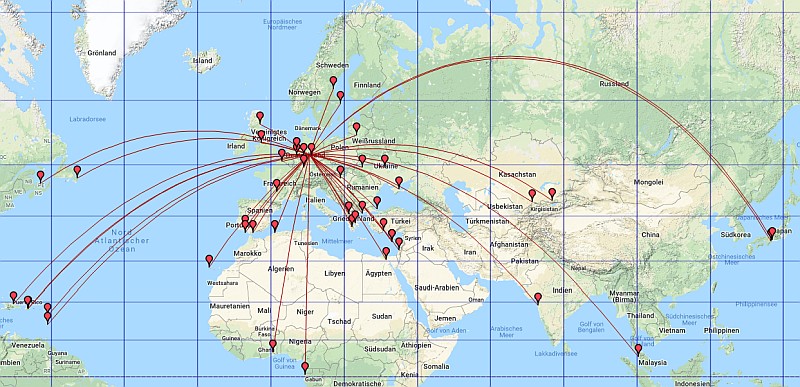
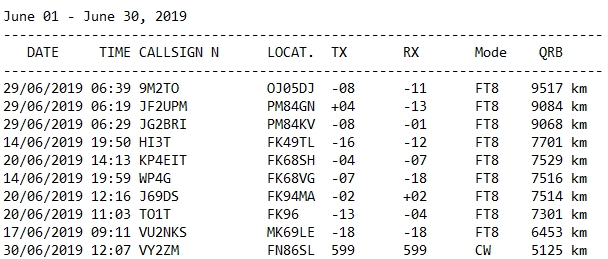
144 MHz ES was a big disappointment, just one opening from here on June 16. Unfortunately, all activity apparently concentrated on 144,174 MHz and FT8-Mode, what a waste of time! In such short openings it would have been easy to work many stations in SSB or CW, but FT8 is definately the wrong mode. Unfortunately, no station was heard in CW or SSB.
Just heard in FT8-Mode, mostly for only one periode: RA3EL (KO82), UR3UK KN59), RX3QFM (KO91) and UA3QC (KO91).


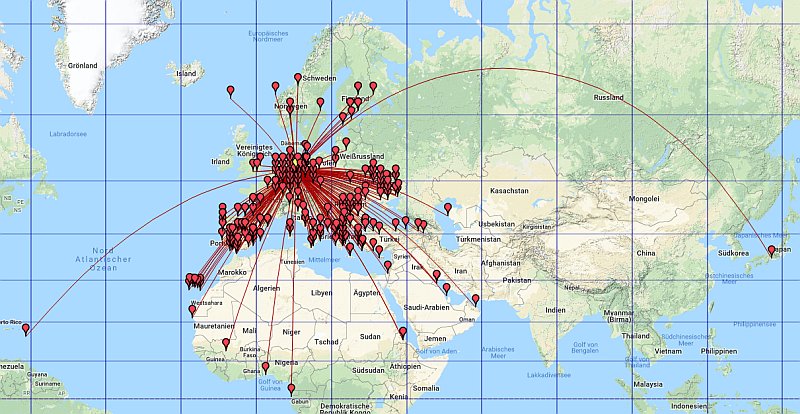
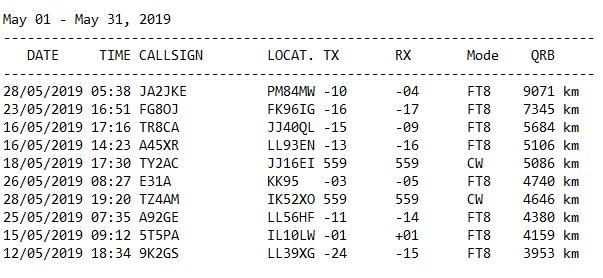


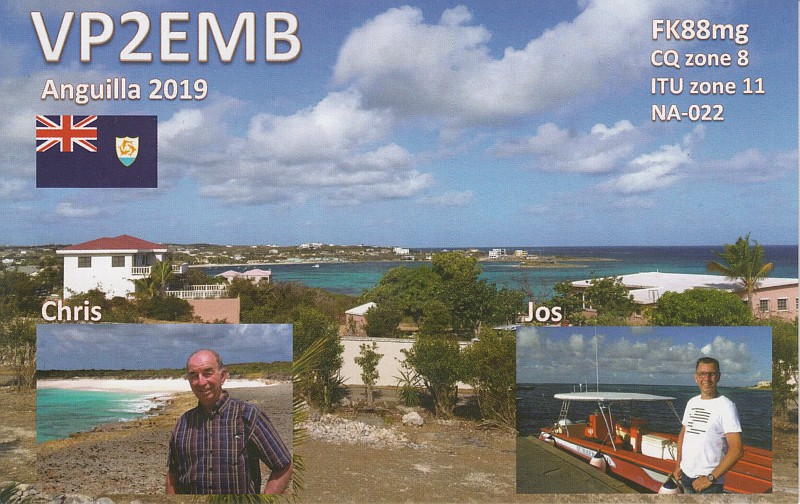
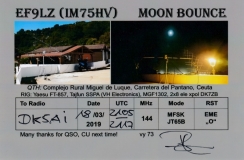
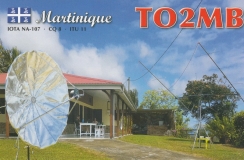
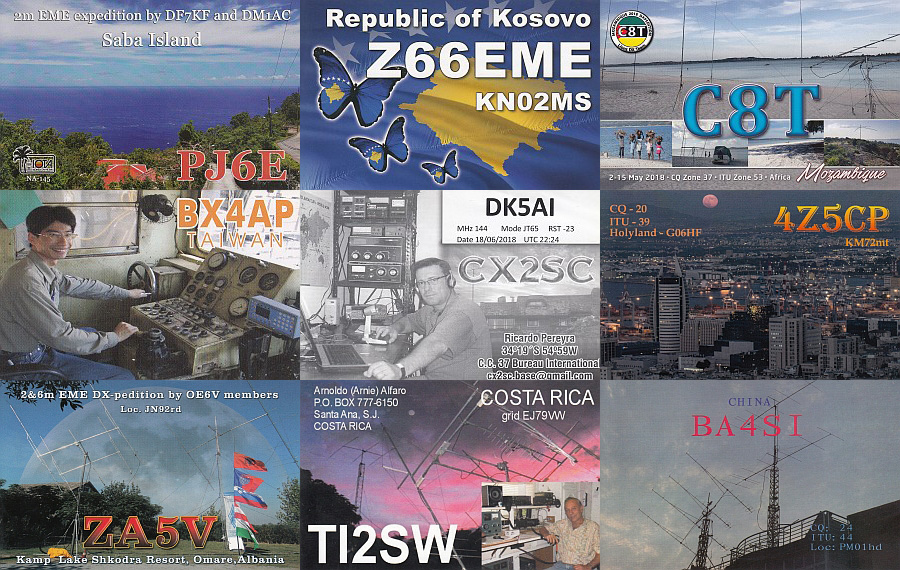
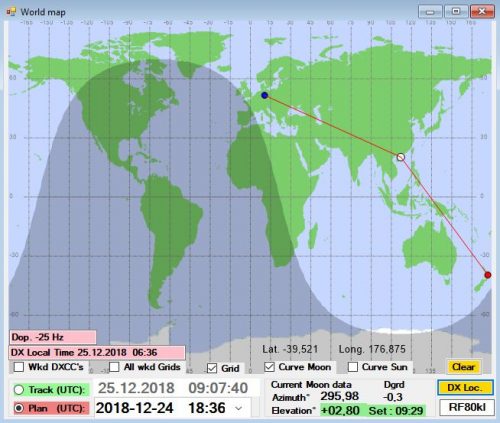

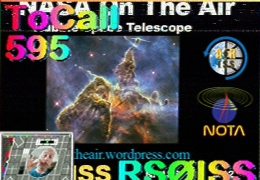
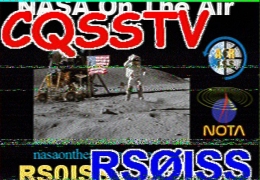
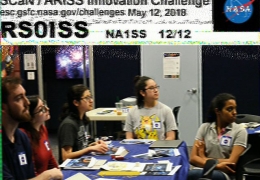
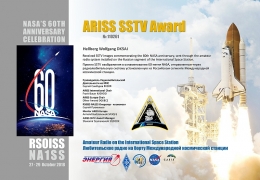
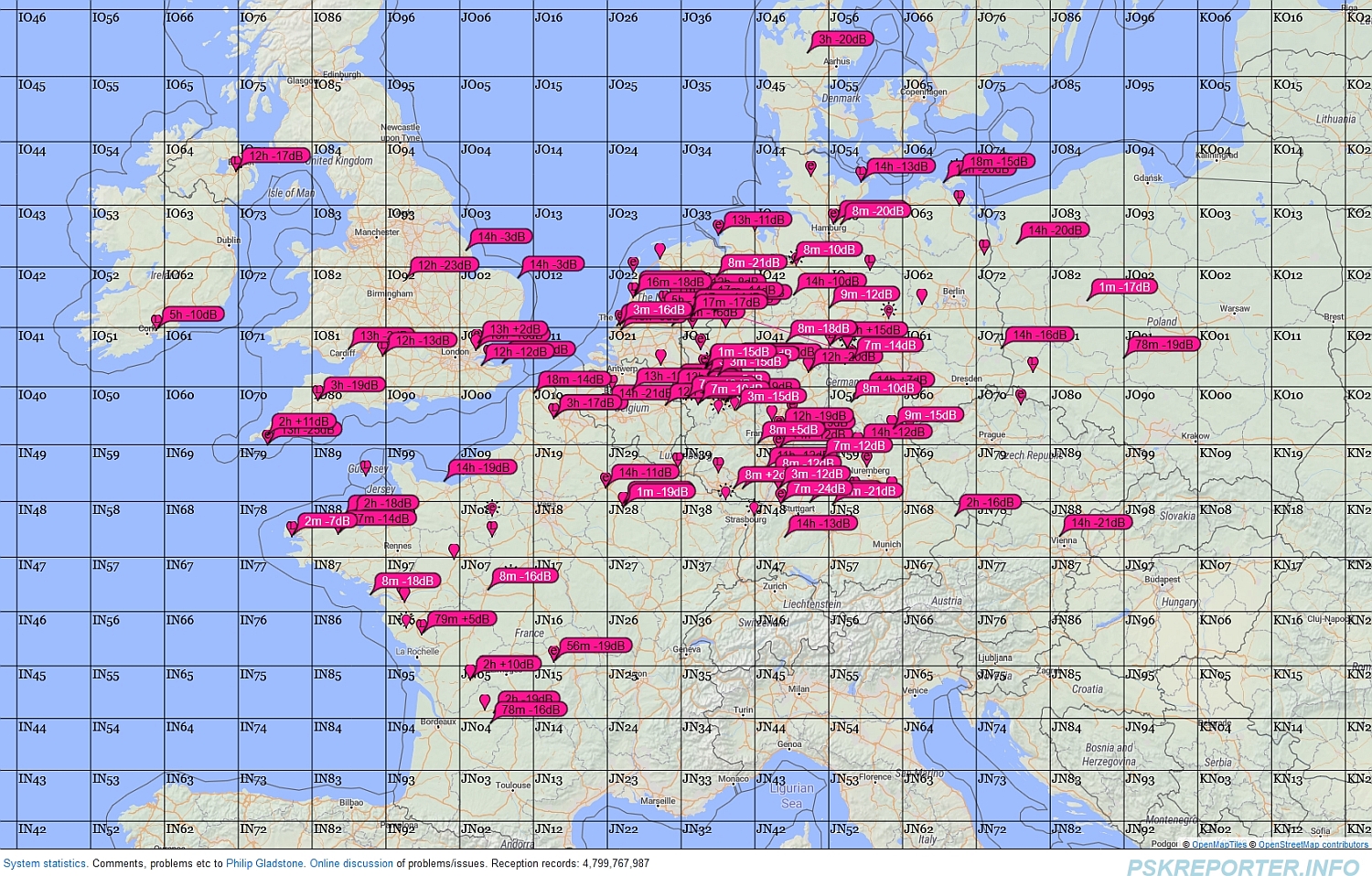
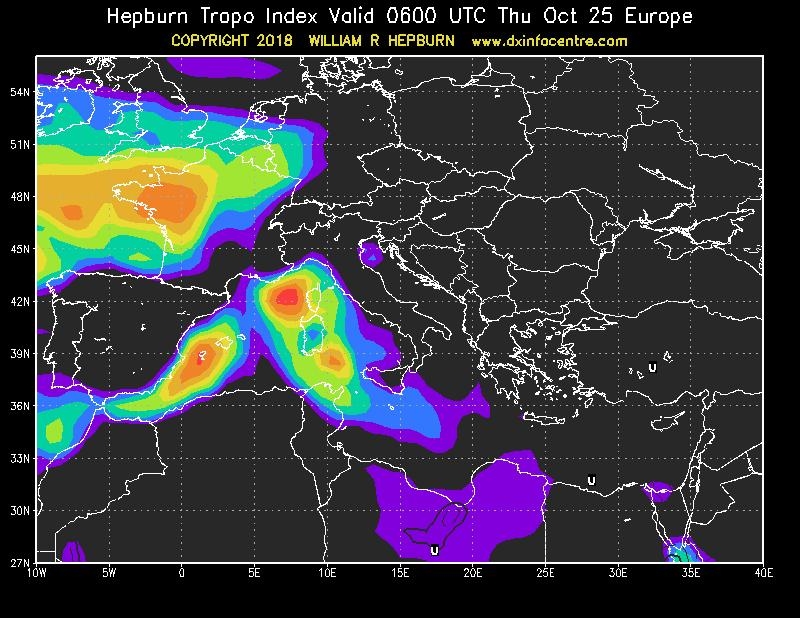
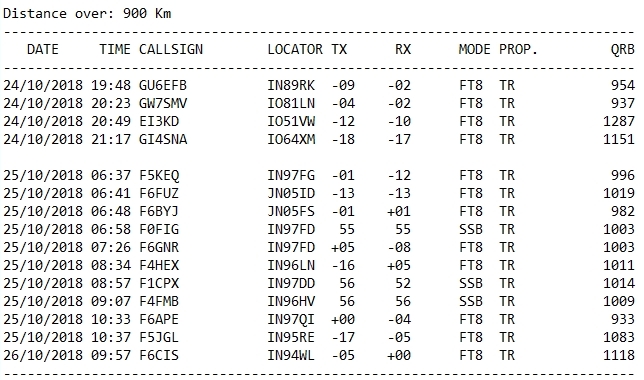
 Today K1JT, Prof. Dr. Joe Taylor, Nobel Prize Winner and father of the WSJT Software Package, showed up on 17m in FT8 mode. It was just a short and “digital” contact but very glad to meet this great personality and Radio Amateur on the band.
Today K1JT, Prof. Dr. Joe Taylor, Nobel Prize Winner and father of the WSJT Software Package, showed up on 17m in FT8 mode. It was just a short and “digital” contact but very glad to meet this great personality and Radio Amateur on the band.